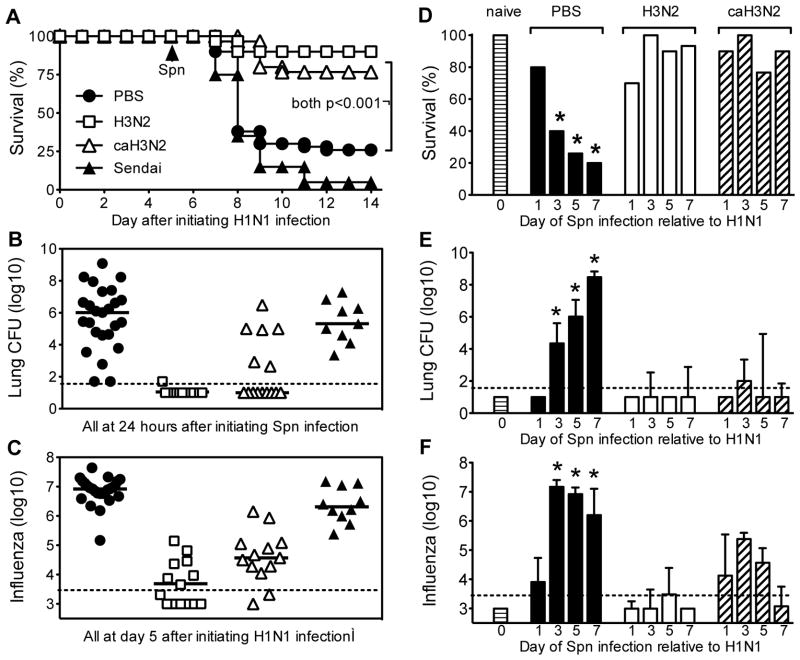Figure 2. Short-term cross-reactive immunity to influenza specifically protects from secondary bacterial infection.
C57BL/6 mice were infected intranasally with H3N2 influenza, Sendai virus or attenuated cold-adapted H3N2 influenza (caH3N2); controls were mock infected with saline (PBS) or left untreated (naïve). After 21 days, mice were challenged intranasally with H1N1 influenza, followed by Spn 5 days later (A–C), or 1, 3, 5, or 7 days later (D–F). (A) Survival (n=20 mice/group for Sendai, 30 for H3N2, 30 for caH3N2, and 50 for PBS; data is pooled from three independent experiments). Mice infected with H3N2 or caH3N2, but not mice infected with Sendai virus, showed significantly greater survival than PBS-treated mice (p<0.001 by Log rank test). (B) Bacterial burden in the lung 24 hours after Spn infection and (C) influenza burden at the time of Spn infection. Mice infected with H3N2 or caH3N2, but not mice infected with Sendai virus, showed significantly reduced bacterial and influenza burden as compared with PBS-treated mice (p<0.001 by Kruskal Wallis test). In B/C, each symbol depicts data for an individual mouse; bar depicts group median; dotted line depicts limit of detection. (D) Survival at day 14 after Spn infection (n=10 or more mice/group). * indicates p<0.05 compared with naïve using Fisher’s exact test. (E) Bacterial burden in lung 24 hours after Spn infection and (F) influenza burden at the time of Spn infection. In E/F, bars depict median and interquartile range (n=5 or more mice/group); dotted line depicts limit of detection. * indicates p<0.01 by Kruskal Wallis test when comparing data from each day with the naïve mice challenged with Spn.

